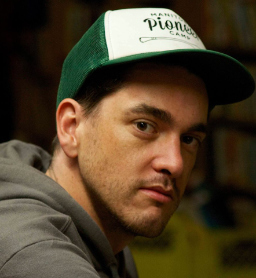
Prior to the Reformation, a congregant sitting in a pew or standing in the nave of a parish church would be unable to see the altar; they would look instead at a rood screen filled with images of saints. Orthodox churches are like this; visible up front is a large, ornate wall of saint iconography. The removal of the rood screen during the Reformation completely changed the look of English churches; the saints were gone. They were also gone from the Litany. The medieval Litany had largely consisted in listing saints and repeating the invocation “Ora pro nobis” – pray for us. The idea was that the saints in heaven could offer intercessory prayers to God on our behalf. The Book of Common Prayer replaced these invocations with petitions addressed directly to God. The English Reformation also suppressed many minor saints’ feast days. In all these ways, the saints were removed from the concrete lived experience of Christianity for the layperson.
The saints were not removed entirely, though. Churches continued to bear the names of saints. And in the Elizabethan Settlement of the 1560’s, dozens of saints were reinserted into the church calendar year. But there was no corresponding liturgical element—no special collects, or propers, or readings. This was the awkward, indefinite compromise. The church continued to have saints, but had no mechanism for recognizing new ones, and had no liturgical forms for commemorating the ones they had retained.
Underlying this muddle, though, remains an unmuddled principle: saints do exist, but we oughtn’t invoke their prayers.
Not out of envie or maliciousnesse
Do I forbear to crave your speciall aid:
I would addresse
My vows to thee most gladly, Blessed Maid,
And Mother of my God, in my distresse.
But now, alas, I dare not; for our King,
Whom we do all joyntly adore and praise,
Bids no such thing:
And where his pleasure no injunction layes,
(’Tis your own case) ye never move a wing.
These two stanzas from George Herbert’s “Angels and Saints” are representative of the Settlement view. Though we are not to invoke the saints’ prayers, the communion of the saints is important. The saints have communion with God, and with the angels, and with us. That does not make them mediators between us and God, but it does mean that the past of the church is not truly past. Wherever the body of Christ is present, it is present with all of its members, both present and past. In this way the past is made present. In worshipping God we join our voices to “all the company of heaven,” which includes not just angelic voices but the collective voice of the communion of the saints.






